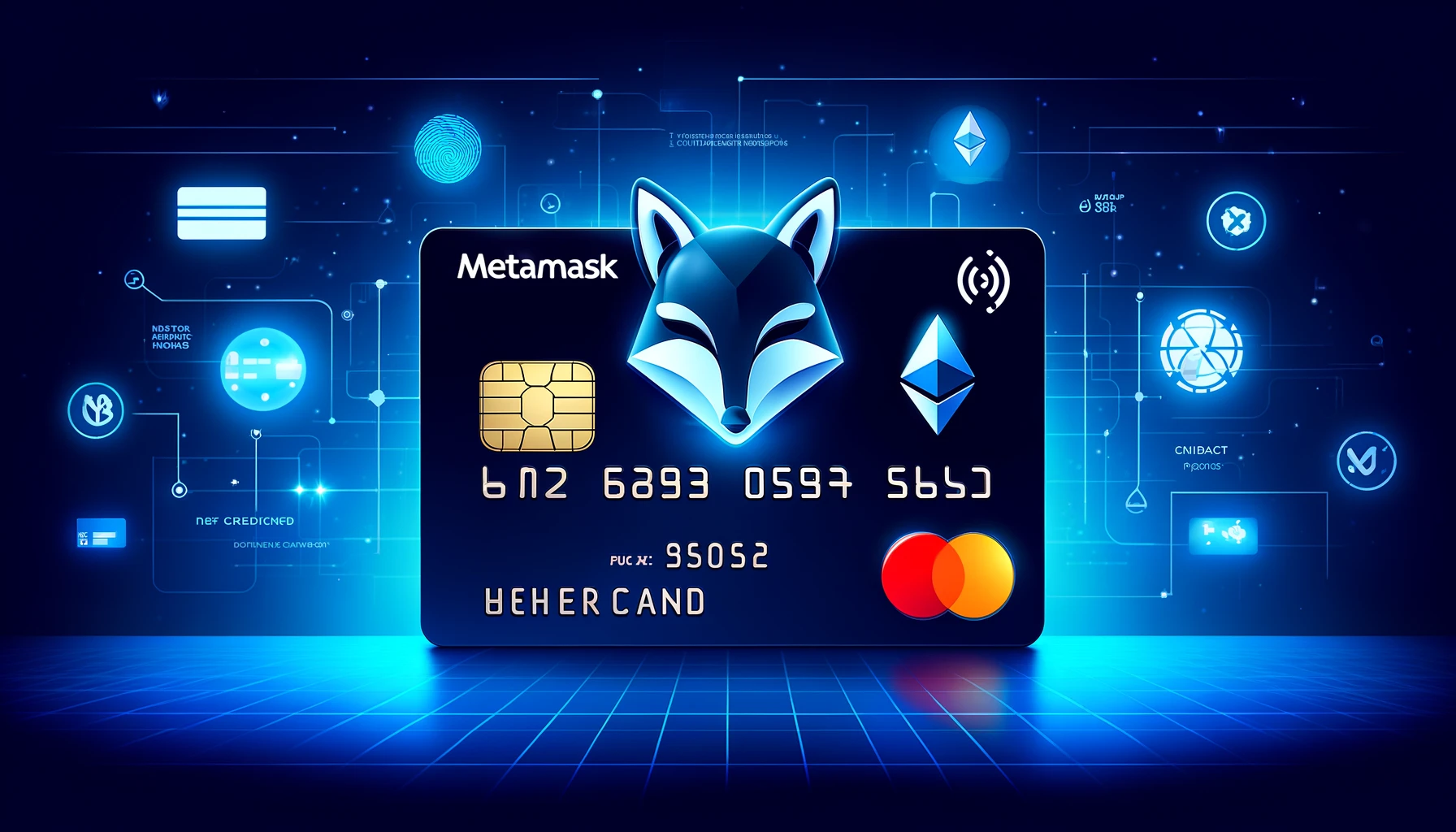Decentralized Networks: Peer-to-Peer and Distributed Web Technologies
Decentralized Networks: In the ever-evolving digital landscape, the demand for privacy and security is growing. Traditional centralized systems have long dominated the internet, but with increasing concerns about data breaches and censorship, decentralized networks are emerging as a viable alternative. In this blog, we’ll explore how peer-to-peer (P2P) and distributed web technologies are transforming privacy-focused internet usage. We’ll delve into key concepts such as decentralized networks, anonymous browsing, and blockchain technology, which are revolutionizing how we interact online.
What Are Decentralized Networks?
Decentralized networks are the backbone of the next-generation internet, enabling systems to operate without a central authority. Unlike traditional networks where data is stored and controlled by a central server, decentralized networks distribute data across multiple nodes. This architecture enhances security and resilience, making it harder for hackers to compromise the system.
In a decentralized network, peer-to-peer technology plays a crucial role. P2P networks allow devices (or nodes) to communicate directly with each other, sharing resources and information without relying on a central server. This not only increases efficiency but also reduces the risk of data breaches, as there is no single point of failure.
The Role of Peer-to-Peer Networks in Enhancing Privacy
Peer-to-peer networks are integral to decentralized systems. They empower users by giving them control over their data, fostering a more privacy-focused internet. Unlike centralized systems, where data is often mined and sold to advertisers, P2P networks ensure that your data remains your own.
One of the significant benefits of P2P networks is their ability to support anonymous browsing. By decentralizing data storage and distribution, P2P networks minimize the chances of surveillance and censorship. This is especially important in regions where freedom of speech is restricted, and accessing certain information can be risky.
Example: The BitTorrent protocol is a popular example of P2P technology in action. It allows users to download and share files directly from each other’s devices, rather than relying on a single server. This decentralized approach not only speeds up the process but also enhances privacy by obscuring the origin of the data.
Distributed Web: The Future of Internet Architecture
The distributed web is an extension of the decentralized network concept, focusing on the distribution of web content across various nodes. This approach contrasts sharply with the traditional web, where content is typically stored on centralized servers owned by large corporations.
How the Distributed Web Enhances Censorship Resistance
One of the most significant advantages of the distributed web is its resistance to censorship. Since content is spread across multiple nodes, it becomes nearly impossible for any single entity to control or restrict access to it. This makes the distributed web an ideal solution for creating censorship-resistant platforms, where information can flow freely without interference.
Moreover, the distributed web supports a privacy-focused internet by ensuring that users’ data is not stored in centralized locations where it can be easily accessed or compromised. Instead, data is encrypted and spread across the network, making it difficult for unauthorized parties to gain access.
Example: IPFS (InterPlanetary File System) is a distributed web protocol that allows users to store and share files in a decentralized manner. Unlike traditional hosting methods, IPFS divides files into smaller pieces and distributes them across the network. This ensures that content remains accessible even if some nodes go offline, enhancing both resilience and privacy.
Blockchain Technology: A Pillar of Decentralization
Blockchain technology is perhaps the most well-known example of decentralized systems in action. Originally developed to support cryptocurrencies like Bitcoin, blockchain has since found applications in various fields, including finance, healthcare, and supply chain management.
The Connection Between Blockchain and Zero Trust Networks
Blockchain technology operates on the principle of a distributed ledger, where transactions are recorded across multiple nodes. This ensures that no single entity has control over the entire network, enhancing both security and transparency. In a blockchain network, every participant has a copy of the ledger, making it virtually impossible to alter past transactions without being detected.
This concept aligns with the principles of a zero-trust network, where the default assumption is that no user or device can be trusted by default. In a zero-trust environment, every transaction or request is verified independently, ensuring that only authorized parties can access the network. When combined with blockchain, zero-trust networks become even more secure, as they leverage decentralized verification processes to authenticate users and devices.
How Blockchain Supports Anonymous Browsing
Blockchain technology also plays a crucial role in supporting anonymous browsing. By using decentralized networks to store and manage data, blockchain ensures that users’ browsing histories and personal information are not stored in centralized locations where they can be easily accessed or sold.
For instance, blockchain-based browsers like Brave use decentralized networks to block ads and trackers, ensuring that users can browse the web anonymously. These browsers also allow users to earn cryptocurrency by opting into privacy-respecting ads, creating a new revenue model that does not rely on data exploitation.
Example: Ethereum, a decentralized platform that runs smart contracts, is another excellent example of blockchain technology in action. It enables developers to create decentralized applications (dApps) that operate without central control, further supporting the privacy-focused internet.
Censorship-Resistant Platforms and Darknet Alternatives
As the internet becomes more centralized, with a few corporations controlling most online content, the demand for censorship-resistant platforms has grown. These platforms, built on decentralized networks, offer a viable alternative to the traditional web, ensuring that information remains accessible to everyone, regardless of location or government restrictions.
The Rise of Darknet Alternatives
The darknet, often associated with illegal activities, is actually a network that emphasizes privacy and anonymity. However, the decentralized nature of the darknet has inspired the development of alternative platforms that offer the same level of privacy without the negative connotations.
These darknet alternatives use decentralized networks to ensure that users can communicate and share information without the risk of surveillance or censorship. By leveraging P2P technology and blockchain, these platforms provide a secure environment for users who value their privacy.
Example: ZeroNet is a decentralized web platform that uses Bitcoin cryptography and the BitTorrent network to create a censorship-resistant web. It allows users to create websites and applications that cannot be easily taken down or censored, making it an attractive option for those who need to operate in restrictive environments.
The Importance of Privacy-Focused Internet Solutions
In a world where data breaches and surveillance are becoming increasingly common, the need for privacy-focused internet solutions has never been greater. Decentralized networks, P2P technology, and blockchain offer powerful tools for creating a more secure and private online experience.
By embracing these technologies, we can build an internet that respects users’ rights to privacy and freedom of expression. Whether through anonymous browsing, censorship-resistant platforms, or blockchain-based applications, the future of the internet lies in decentralization.
Mesh Networking: Expanding the Reach of Decentralized Networks
Mesh networking is another critical component of the decentralized internet. In a mesh network, each device acts as a node that connects directly with other devices, creating a web of interconnected nodes. This structure eliminates the need for a central hub, making the network more resilient and harder to shut down.
Mesh networks are particularly useful in situations where traditional internet infrastructure is unavailable or unreliable. By connecting devices directly, mesh networks can provide internet access in remote areas or during natural disasters.
Example: The Freifunk project in Germany is a community-driven mesh network that provides free internet access to users by connecting routers directly to each other. This decentralized approach ensures that even if some nodes fail, the network remains operational, providing a robust and resilient alternative to traditional ISPs.
The future of the internet is decentralized. As we move towards a more privacy-focused internet, technologies like peer-to-peer networks, distributed web systems, and blockchain will play a pivotal role in shaping how we interact online. These innovations offer a pathway to a more secure, resilient, and censorship-resistant internet, where users have control over their data and privacy.
Decentralized networks, anonymous browsing, and censorship-resistant platforms are not just buzzwords; they are the foundation of a new digital era. By embracing these technologies, we can ensure that the internet remains a place of freedom, innovation, and privacy for all.
For further reading on how decentralized systems are impacting education and other sectors, check out this resource on Regent Studies, which explores the role of technology in modern learning environments.
For more information on blockchain technology and its applications, visit Blockchain Basics.
This blog has provided an in-depth look at how decentralized networks are reshaping the internet. By understanding and adopting these technologies, we can protect our privacy and build a more secure online future.




